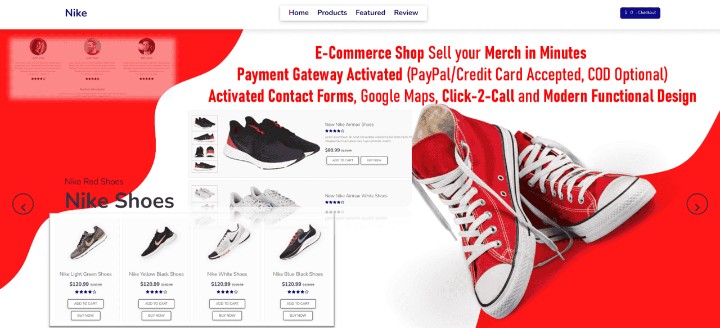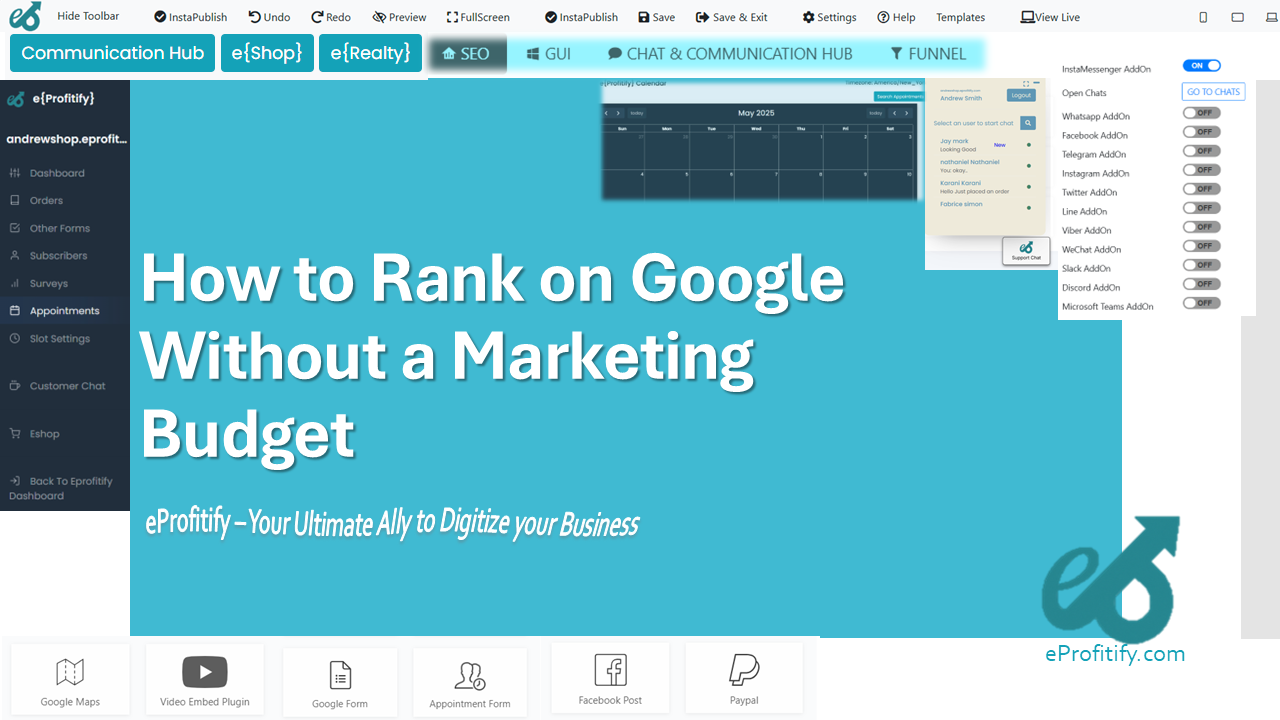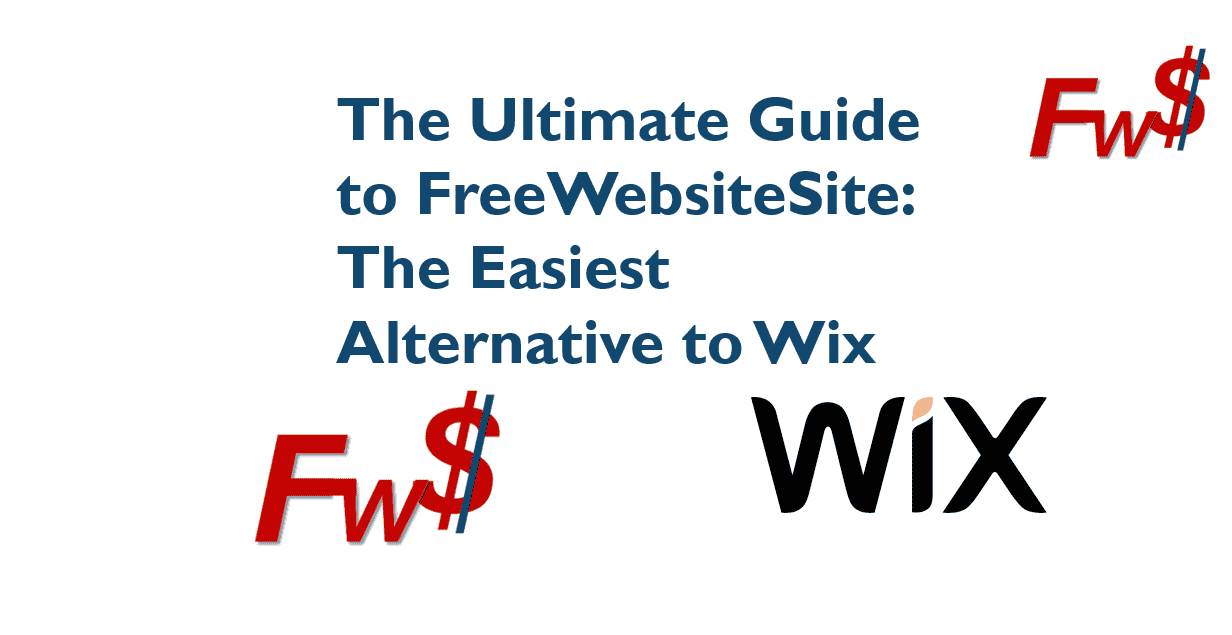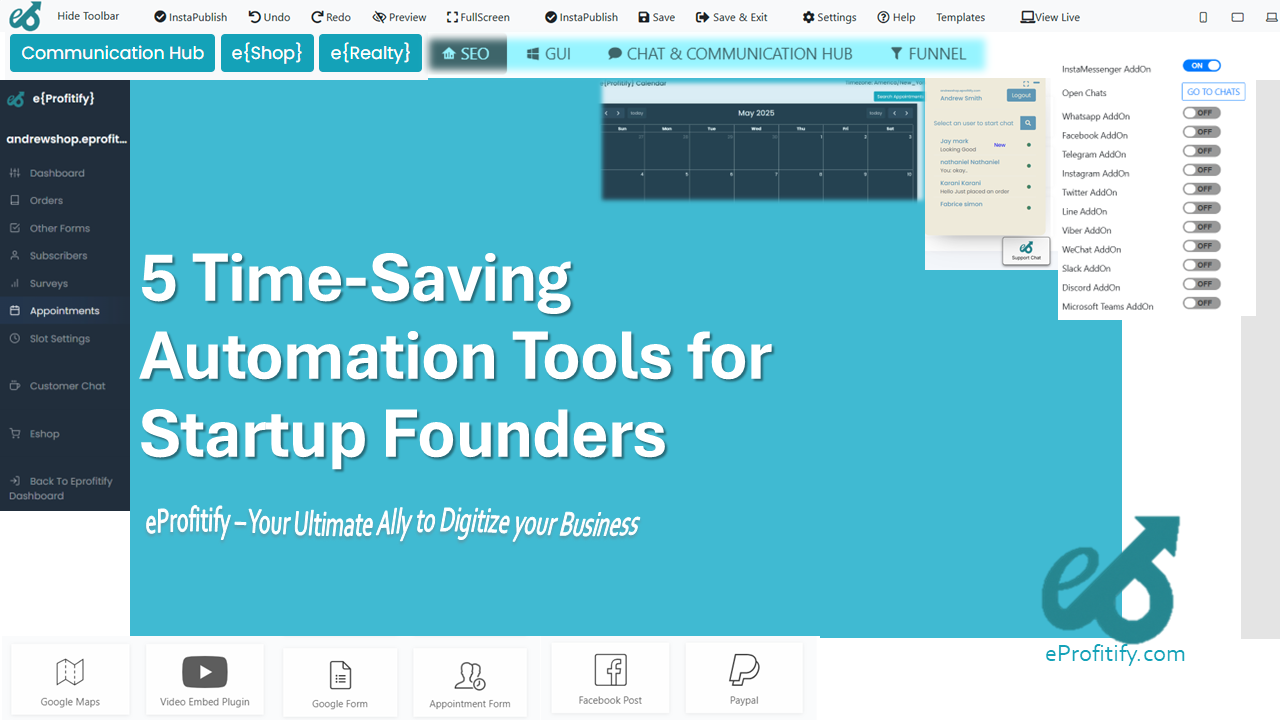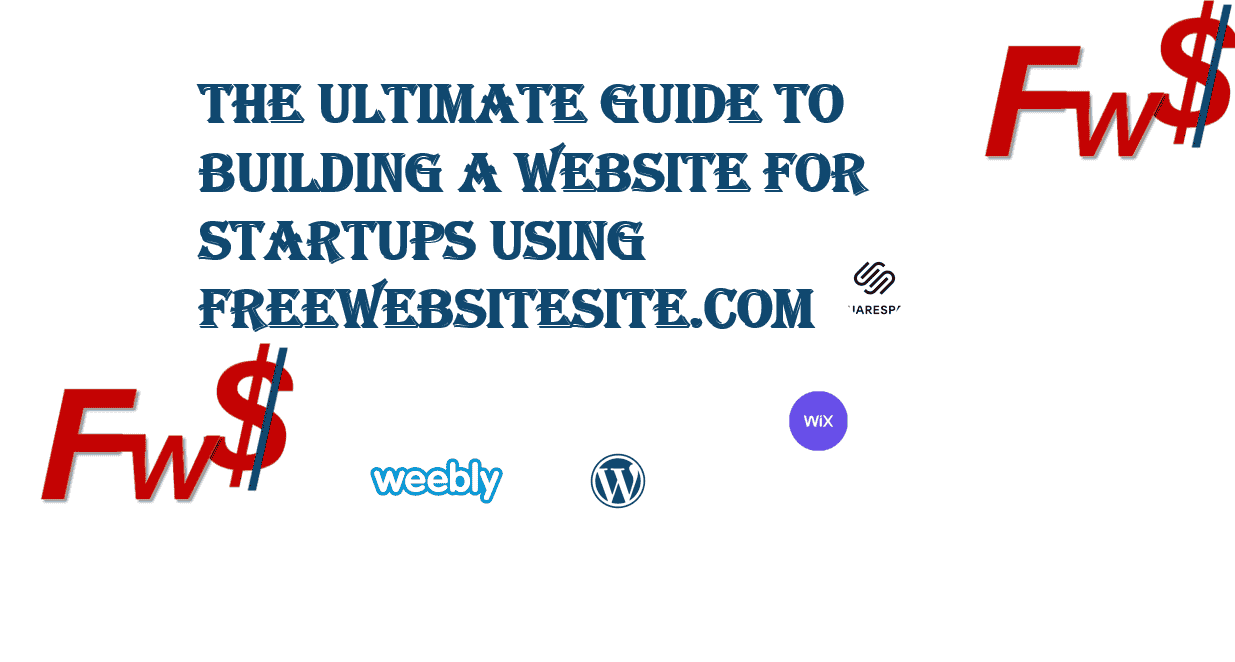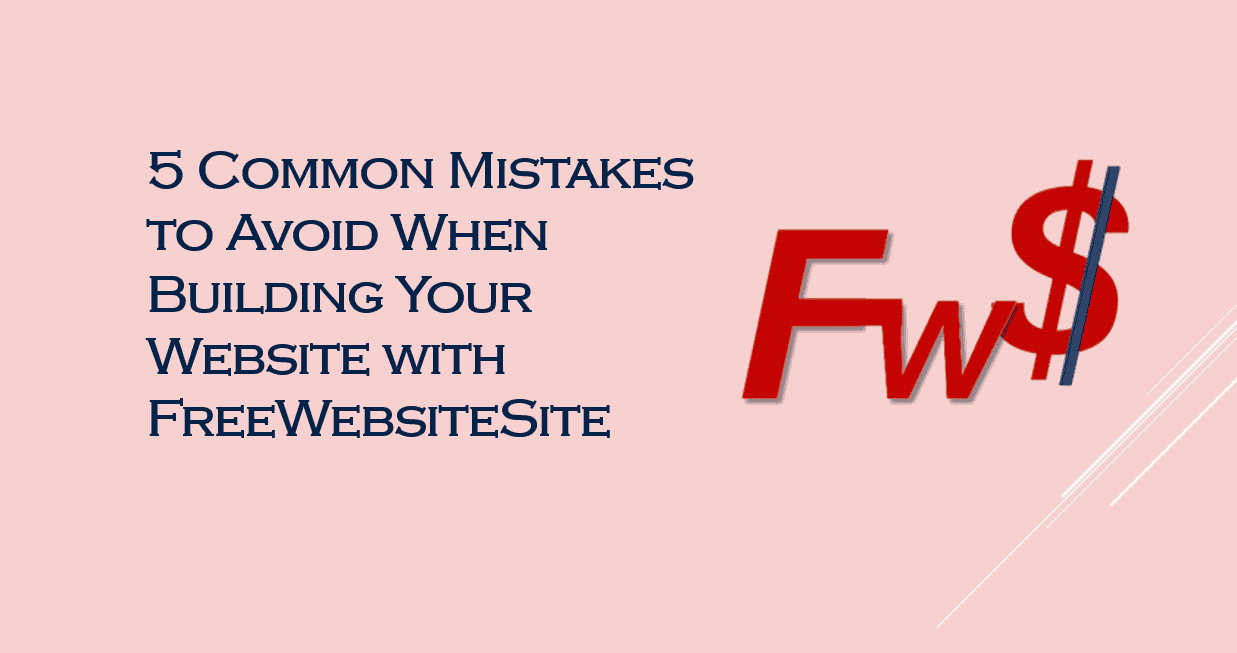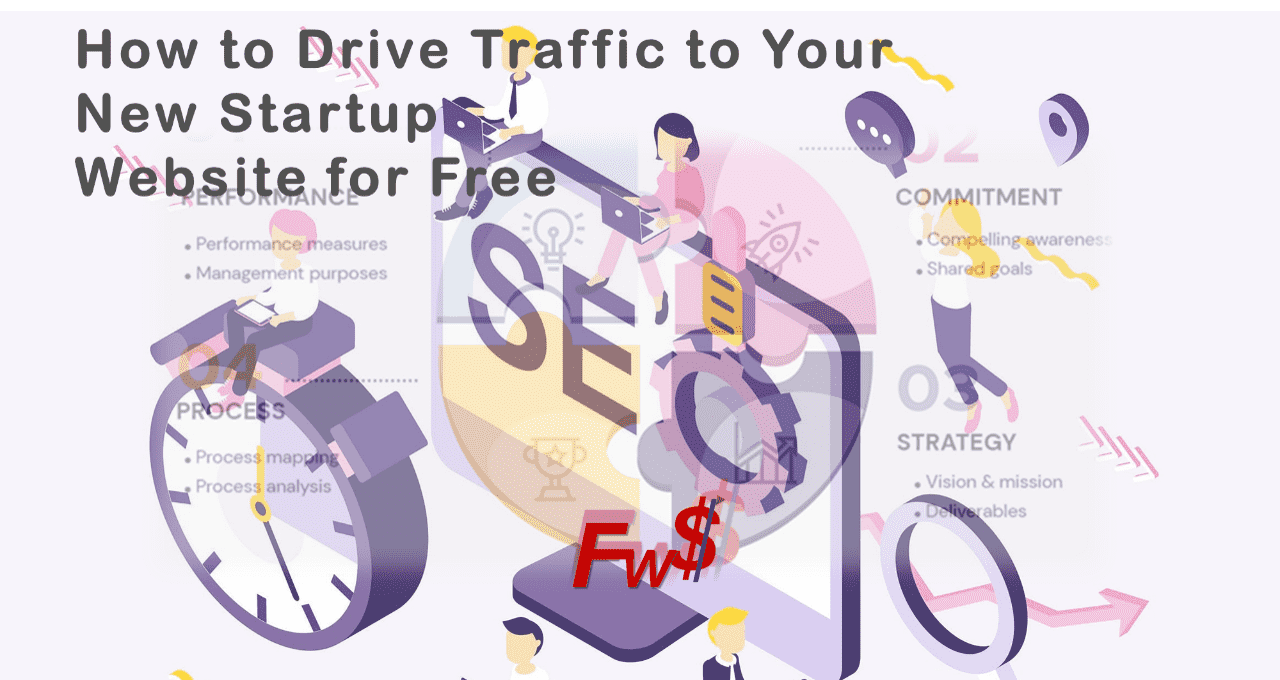How to Automate Lead Generation with Limited Resources
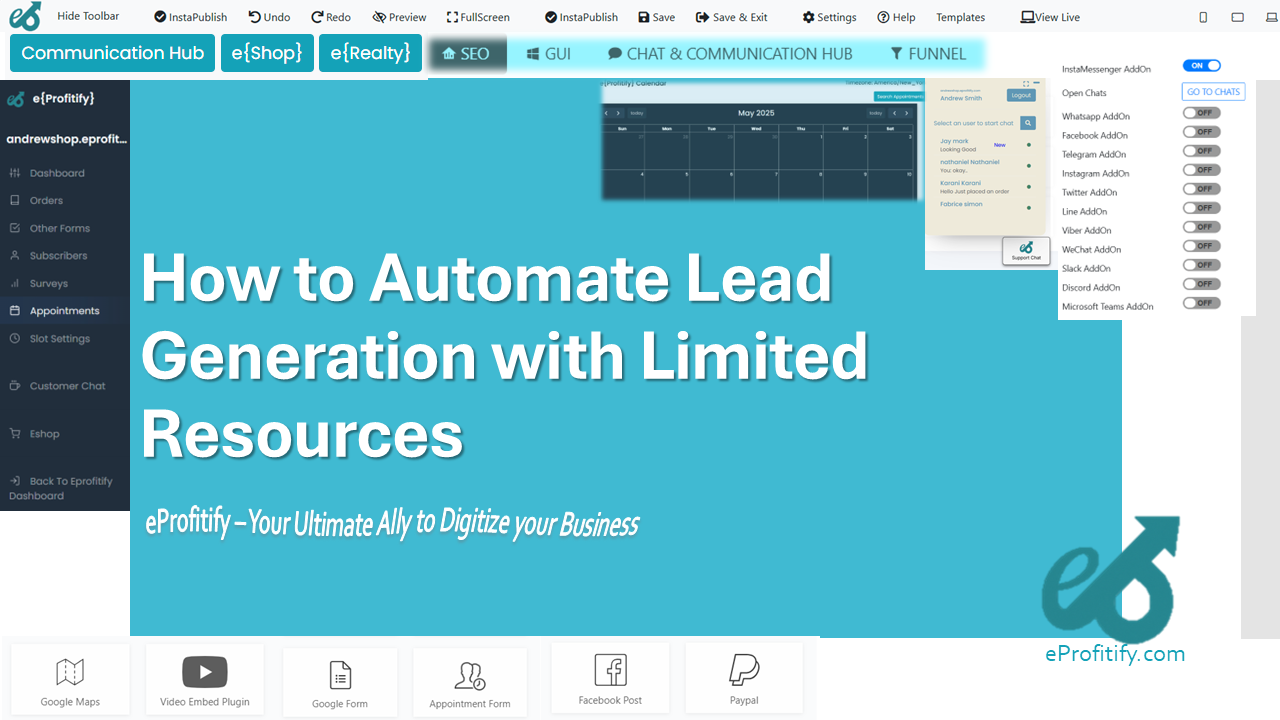
How to Automate Lead Generation with Limited Resources
In today’s hyper-competitive business environment, generating high-quality leads is the lifeblood of growth. However, small businesses and startups often struggle with limited budgets, time, and manpower, making manual lead generation processes inefficient and unsustainable. The solution? Automation. By leveraging affordable technology, businesses can scale lead generation efforts, reduce costs, and improve conversion rates—even with tight resources. This guide explores actionable strategies to automate lead generation and highlights how tools like eProfitify streamline the process with features such as CRM, instant messaging, appointment management, and more.
Why Automation Matters for Lead Generation
Before diving into tactics, let’s examine the impact of automation:
- Companies that automate lead generation see a 10%+ increase in sales productivity and a 14.5% boost in sales revenue (Salesforce).
- 80% of marketers using automation software generate more leads, and 77% convert more prospects (Neil Patel).
- Automated email campaigns generate $44 ROI for every $1 spent, making them one of the most cost-effective tools (Litmus).
For cash-strapped businesses, automation eliminates repetitive tasks, reduces human error, and ensures no lead falls through the cracks.
Step 1: Automate Lead Capture
Website Chatbots & Forms
A staggering 58% of B2B companies use chatbots to qualify leads (Drift). These AI-powered tools engage visitors 24/7, answer FAQs, and capture contact details, reducing reliance on sales teams.
How to Implement:
- Use eProfitify’s instant messaging tool to deploy chatbots that greet visitors, segment leads based on responses, and route them to the right team.
- Embed dynamic forms on landing pages to collect lead information. Tools like eProfitify integrate forms directly with CRM systems, eliminating manual data entry.
Social Media Listening
Automate social media monitoring to identify prospects discussing pain points relevant to your business. Tools like Hootsuite or eProfitify’s social media dashboards track keywords, hashtags, and mentions, allowing you to engage potential leads proactively.
Step 2: Streamline Lead Nurturing
Email Marketing Automation
Nurtured leads make 47% larger purchases than non-nurtured leads (Invesp). Automated drip campaigns deliver personalized content based on user behavior, such as:
- Welcome sequences for new subscribers
- Educational content after a webinar signup
- Promotional offers for cart abandoners
Example: eProfitify’s email marketing module lets businesses design workflows triggered by actions like downloading an e-book or visiting a pricing page, ensuring timely communication without constant oversight.
Targeted Ads & Retargeting
Automate ad campaigns to re-engage visitors who didn’t convert initially. Platforms like Facebook Ads Manager allow you to set up retargeting campaigns for users who viewed specific pages. Pair this with eProfitify’s analytics to track which ads drive the most qualified leads.
Step 3: Manage Leads Efficiently with CRM
A CRM (Customer Relationship Management) system is the backbone of lead automation. It centralizes prospect data, tracks interactions, and predicts sales timelines.
Key Features to Leverage:
- Lead Scoring: Automatically rank leads based on engagement (e.g., email opens, website visits).
- Pipeline Management: Visualize where each lead stands in the sales funnel.
- Integration: Sync CRM data with email, calendars, and e-commerce platforms.
Why eProfitify Stands Out: eProfitify’s CRM consolidates lead data from multiple channels (website, social media, emails) into a single dashboard. Its AI-powered analytics prioritize high-intent leads, helping teams focus on hot prospects.
Step 4: Automate Scheduling & Follow-Ups
Scheduling meetings manually drains resources. Tools like Calendly automate appointment booking by letting prospects pick available slots. eProfitify’s appointment management system goes further by:
- Syncing with team calendars to avoid overlaps
- Sending automated reminders via SMS or email
- Integrating with Zoom or Google Meet for instant meeting links
This reduces no-shows by 38% and frees up hours spent coordinating schedules (Calendly).
Step 5: Leverage E-commerce Automation
For product-based businesses, abandoned cart recovery is critical. 70% of shoppers abandon carts, but automated reminders recover 15% of lost sales (Baymard Institute).
eProfitify’s e-commerce toolkit automates:
- Cart abandonment emails
- Stock alerts for wishlisted items
- Personalized product recommendations based on browsing history
Step 6: Track & Optimize with Analytics
Automation isn’t “set and forget.” Use analytics to refine campaigns. Track metrics like:
- Lead-to-customer conversion rates
- Email open/click-through rates
- Cost per lead
eProfitify’s reporting dashboard aggregates data across channels, highlighting which strategies perform best. For example, if chatbots generate 50% more qualified leads than forms, reallocate resources accordingly.
Why eProfitify is a Game-Changer for Small Teams
eProfitify stands out as an all-in-one platform tailored for businesses with limited resources. Its features address every stage of lead generation:
- Instant Messaging: 24/7 chatbots capture and qualify leads.
- CRM: Centralize prospect data and automate follow-ups.
- Appointment Management: Reduce scheduling bottlenecks.
- E-commerce Tools: Recover lost sales with automated workflows.
- Integrations: Sync with email, social media, and payment gateways.
Unlike piecing together multiple tools, eProfitify offers affordability and simplicity, starting at $29/month with no coding required.
Conclusion
Automating lead generation isn’t just for enterprises. With tools like eProfitify, small businesses can compete effectively by:
- Capturing leads round-the-clock with chatbots
- Nurturing prospects via personalized email campaigns
- Streamlining follow-ups and appointments
- Leveraging analytics to optimize ROI
By adopting automation, companies reduce costs by up to 30% while boosting lead volume and quality (McKinsey). Start small—implement one tool at a time—and watch your lead pipeline grow exponentially, even on a tight budget.
Final Stat: Businesses using automation see a 53% higher conversion rate from leads to customers (HubSpot). With eProfitify, that transformation is within reach.
